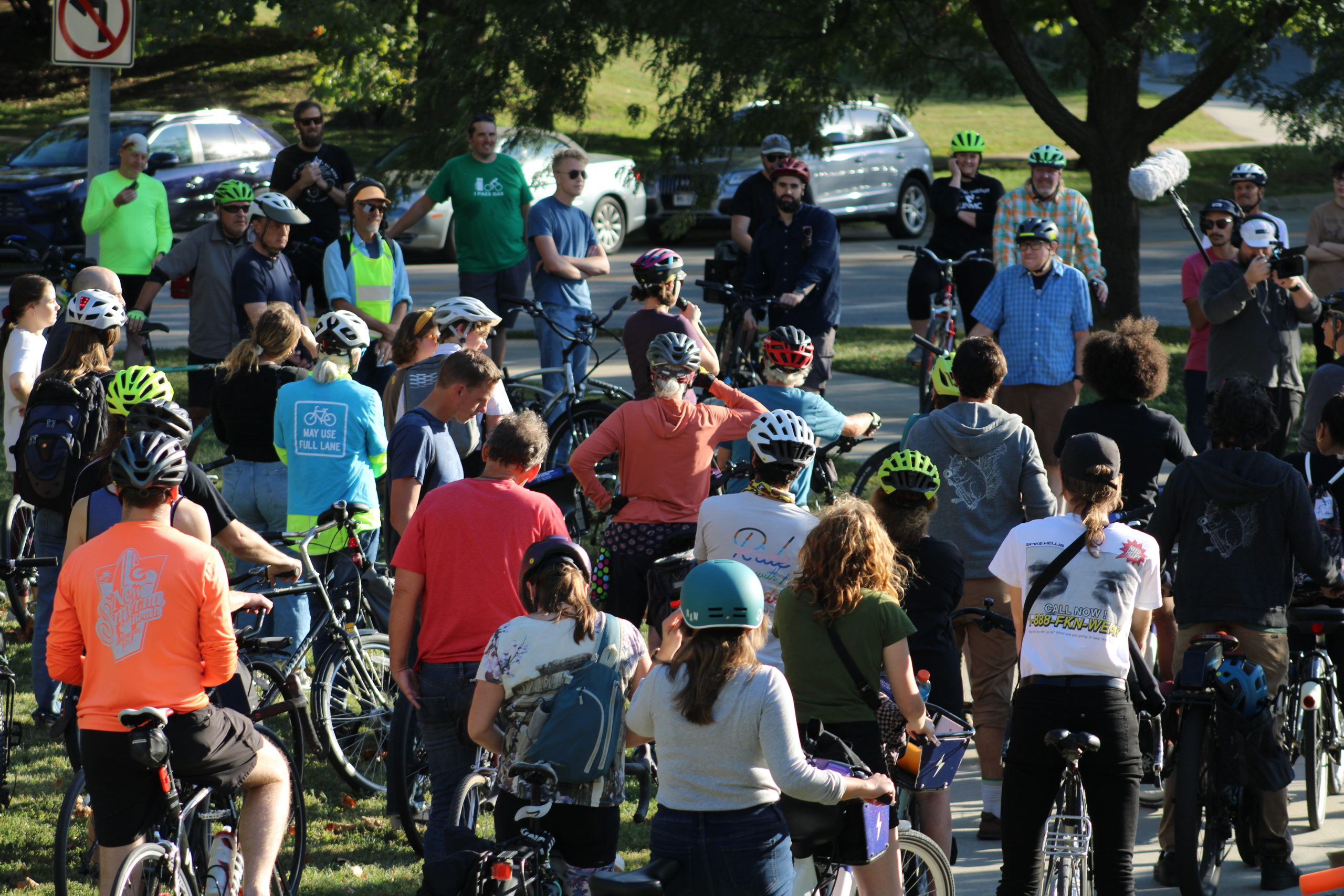An extremely important element of a Bus Rapid Transit (BRT) system is the quality of the stations and stops. A good station can attract new riders, provide shelter from the weather, promote visibility and facilitate branding of the system, provide information, ensure safe accessibility to the BRT, and much more.
These stations and stops can take many forms. At their worst, they resemble the bus stop that characteristic of Metro’s system today, which primarily consists of a sign on a pole…occasionally there’s a bench, and every once in a while you can find shelter from the weather. At their best they can resemble large rail terminals.
The American Public Transportation Association’s Recommended Practices for BRT Stations and Stops puts them into four categories:
- basic stops
- enhanced stops
- stations
- transit centers
Basic stops are hopefully not an alternative not being considered for Omaha’s BRT – it’s basically what we have now for bus stops now, so let’s explore the other three.
Enhanced stops include a few more amenities than is typically provided at basic stops. These amenities could include a small shelter, passenger information (maps!), seating, lighting, and branding elements. Think of them as slightly nicer versions of what’s available for bus stops in Midtown Crossing today.
The main advantage to enhanced stops is that they’re inexpensive and can be installed quickly with limited impact on the public right of way.
Stations, as defined by the APTA, are substantial facilities that can include many of the following attributes: shelter, level boarding, opportunity for advance fare collection, a unique name, a distinctive look and feel, passenger information, lighting and security, seating and other features typically associated with rapid or rail transit stations.
The advantages of stations for BRT are that they are attractive, convey permanence and can provide more substantial passenger amenities than those found in enhanced stops. They also offer higher capacity than simple or enhanced stops and are easy for passengers to identify and locate in a street environment. In addition, they may have enhanced security elements.
The features typical of stations maximize the BRT system image and reinforce the feeling of a rapid transit or “rail-like” system. Well-designed stations can be a major element in reinforcing a system’s brand. They can serve as gateways for the community and can encourage transit-oriented development (TOD). Stations can also be designed to accommodate future conversion to rail stations.
The APTA recommends stations for most BRT applications.
Transit centers are stations located on or off a transit line that enable passengers to transfer to another transit line or service, generally without leaving the physical boundaries of the facilities. They’re generally recommended where BRT interfaces with other transportation modes or other transit services.
So what makes sense for Omaha?
We are hopeful that stops along Omaha’s BRT system will include most of the elements typical of stations as described by APTA. There are some features that we see of particular importance:
- Shelter. Omaha’s weather isn’t always pleasant. Users would greatly benefit from a respite from the rain, wind, snow, cold and heat.
- Raised platform. A raised platform for level boarding makes it extremely easy for users of all physical abilities to easily and quickly board and exit the BRT; this is critical to keeping the “rapid” in BRT.
- Advanced fare collection. This is also critical to keeping the line moving quickly. We certainly don’t want users queuing up and paying fares once the BRT arrives.
- Information. This component is essential. It includes system maps, and real-time information that shows when the next BRT will arrive.
- Branding. The brand of the BRT, which we’ll discuss in greater detail in a forthcoming installment of this series, should be appropriately incorporated into the station.
- Good design. These are going to be very visible in our community, and many eyes will land upon them every day. A good design is critical to ensuring that stations are viewed as an asset of civic importance rather than an eyesore all along the route.
- Other amenities. Things like waste and recycling containers, lighting, bicycle parking, and seating are bare minimums.
Ultimately, these stations need to facilitate the quick boarding and exiting of the BRT, attract new users to the system, and provide a welcoming place for users to wait.
Please attend the BRT open house public meeting on August 13, 5 – 7pm at UNO’s Thompson Alumni Center to provide your input on Metro’s preliminary design concepts for stops/stations.



I have proposed a relatively low-cost approach that includes bike storage, last-mile e-bike and/or e-scooter rentals, a coffee bar, atm and enclosed waiting area. https://www.linkedin.com/pulse/great-minds-our-last-mile-solution-j-william-moore
Reblogged this on northbethesda and commented:
Very thoughtful post on the importance of DESIGN – never to be overlooked.